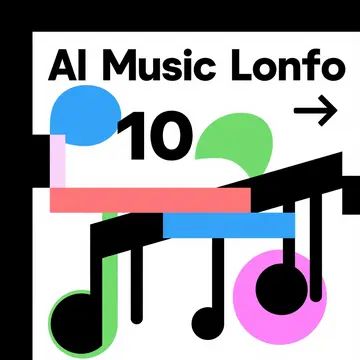Music influences how we feel, think, and respond to the world around us. But how can machines understand these emotional nuances? The answer lies in machine learning for music mood detection. As AI becomes integral to music platforms and content personalization, this technology enables apps to classify audio tracks by mood—happy, sad, energetic, or calm. This article dives deep into the technical foundations, models, and practical use cases behind this fascinating intersection of AI and music.

Music mood detection is the process of identifying the emotional content of a song using computational techniques. It’s widely used in music streaming, film scoring, gaming, and music therapy. Traditional tagging methods rely on human input, but machine learning automates this process by analyzing audio features such as tempo, pitch, timbre, and spectral contrast to predict mood categories.
Machine learning algorithms are trained on labeled datasets containing mood-tagged audio. Here are the core techniques powering this field:
Support Vector Machines (SVM): Efficient for binary classification like “happy vs. sad.”
Convolutional Neural Networks (CNN): Analyze spectrogram images of audio signals.
Recurrent Neural Networks (RNN): Capture temporal dynamics for sequence-based input.
Transfer Learning: Use pre-trained models on large music corpora to improve accuracy with limited data.
Discover the Machine Learning Algorithms For Music Analysis
The accuracy of music mood classification depends heavily on high-quality datasets. Commonly used ones include:
DEAM (Database for Emotional Analysis in Music): Annotated with arousal and valence values.
Million Song Dataset: Offers audio features and tags for large-scale analysis.
MTG-Jamendo: Contains genre and mood labels sourced from Creative Commons music.
Machine learning for music mood detection is now mainstream in digital products. Here’s how it’s being used:
Streaming Platforms: Spotify and YouTube Music use mood detection to auto-generate personalized playlists.
Film & TV: Automatically match background scores to emotional scenes.
Gaming: Adjust in-game soundtracks in real-time to reflect player progress or intensity.
Health & Wellness: Curate mood-specific playlists for relaxation or focus in therapy apps.
Despite advancements, challenges persist:
Subjectivity: Emotions in music are culturally and personally subjective.
Imbalanced Data: Some moods appear far more often in training datasets.
Ambiguity: Songs can express multiple moods simultaneously, confusing classification models.
As transformer models and multimodal learning evolve, the future of music mood detection looks promising. These technologies could enable:
Real-time emotion detection during live performances
Cross-cultural emotion recognition systems
Enhanced mood-aware recommendation engines for creators and listeners
Machine learning for music mood detection is transforming how we experience, organize, and interact with music. From streaming platforms to therapeutic applications, mood-aware algorithms enrich both user experience and content personalization. By leveraging deep learning, curated datasets, and continual research, AI will continue to bridge the emotional gap between humans and machines in sound.
Accuracy varies based on the algorithm and dataset. CNN and RNN-based models can achieve 70%–85% accuracy on labeled datasets like DEAM.
Key features include tempo, pitch, mel-frequency cepstral coefficients (MFCC), and chroma features. These help the model understand rhythm, harmony, and energy.
Some advanced models use multi-label classification to handle songs with overlapping emotional content, but ambiguity remains a challenge.